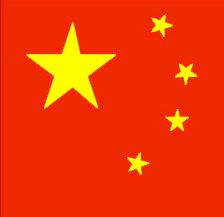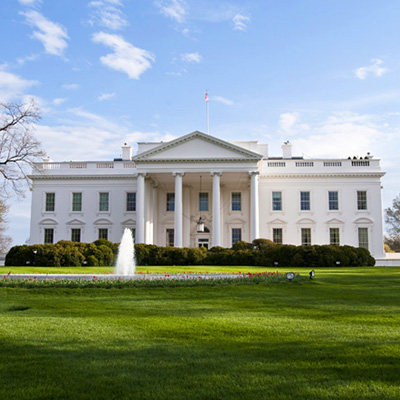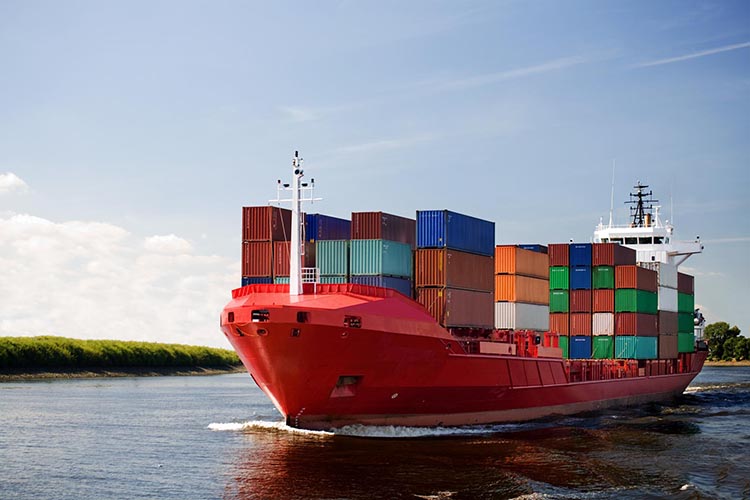
FTZ’ine December 2019
December 3, 2019
FTZ’ine February 2020
February 4, 2020Trade Must Have Been Nice Last Year . . .
Well we had to wait all year, but December revealed which list the international trade community was on - there were an awful lot of presents for trade right before the end of the year! Confirmation of Brexit, a modest trade deal with China, a federal budget, and USMCA passage made the final month the most productive one for trade policy of 2019 by far. Progress on all these fronts also sets up one of the more stable trade policy environments we have seen recently, creating a predictable path for the industry in 2020.
The FTZine hopes all enjoyed a break at year end and we look forward to the health and prosperity of all our subscribers in the New Year.

Top Story: FTZs Can Breathe Some Relief As Phase One Negotiations Conclude
Tech Tip
With the so many tariff exclusions being awarded retroactively, many importers are filing protests to reclaim duties paid that are now refundable. If you are close to the filing deadline for a protest, it is important to know that protests can be filed in ACE, but the capability is not automatically available. First, if you don’t have an ACE account, you must get one. But even if you do have an ACE account, the Trade Account Owner must request the addition of a Protest Filer Account if this has not already been done. Here are the steps for doing so:
The following steps must be taken by a Trade Account Owner (TAO):
Step 1: From the ACE Portal landing page, select the Accounts tab.
Step 2: In the Task Selector portlet, select “Protest Filer” from the Select Account Type drop down and click “Go”.
Step 3: Under Select Task, choose “Create Protest Filer”.
Step 4: Where prompted, provide your corporate information in steps one through four and submit.
For account identifier you may use your Social Security Number, employer identification number (EIN), or elect to use a CBP generated number
Step 5: Select the refresh button in the Accounts portlet.
Once your account details are refreshed, you will have access to the protest filer account from which you can file a protest, including the attachment of supporting documents.


Brexit is On, FTZs On Alert
USMCA - Waiting For Trudeau?


Federal Government Averts Shutdown with Budget Deal

FTZ Board Activity
- Patheon Puerto Rico, Inc. received authorization of production activity for pharmaceutical products within FTZ 7 in Mayaguez, Puerto Rico. MORE
- Syngenta Crop Protection, Inc. received authorization of production activity for herbicides, fungicides and insecticides within FTZ 19 in Omaha, Nebraska. MORE
- Syngenta Crop Protection, Inc. received authorization of production activity for herbicides, fungicides and insecticides within FTZ 154 in Baton Rouge, Louisiana. MORE
- Tesla, Inc. submitted a Notification of Proposed Production Activity for additional components of electric passenger vehicles within FTZ 18 in San Jose, California. MORE
- Cheniere Energy, Inc. submitted an application for subzone status for its facility within FTZ 122 in Corpus Christi, Texas. MORE
- Hitachi Automotive Systems America, Inc. received approval for the expansion of Subzone 29F in Harrodsburg, Kentucky. MORE
- Café Oro de Puerto Rico, Inc. received approval to operate its facility as Subzone 7R in Lares, Puerto Rico. MORE
- Motorambar, Inc. received approval to operate its facility as Subzone 7Q in Catano, Puerto Rico. MORE
- Pueblo, Inc. received approval to operate its facility as Subzone 61X in Guyanabo, Puerto Rico. MORE
- Amcor Flexibles L.L.C. received authorization of production activity for flexible packaging within FTZ 29 in Louisville, Kentucky. MORE
- Greater Miami Foreign-Trade Zone, Inc. submitted an application to reorganize FTZ 32 under Alternative Site Framework in Miami, Florida. MORE
- ProAmpac Holdings, Inc. received approval for subzone status for its facility in Westfield, Massachusetts. MORE
- The Lee County Port Authority applied to reorganize FTZ 213 under the Alternative Site Framework in Fort Myers, Florida with a service area of Charlotte, Collier and Lee Counties, Florida. MORE
- Ball Metal Beverage Container Corporation submitted a Notification of Proposed Production Activity for aluminum cans and briquettes within FTZ 277 in West Maricopa County, Arizona. MORE
- Joyson Safety Systems Acquisition, LLC received authorization of production activity for automotive airbag inflators and propellants within FTZ 203 in Moses Lake, Washington. MORE
- Flemish Master Weavers received approval for the expansion of Subzone 186A in Sanford, Maine. MORE
- Commerce Warehouse Group, LLC received approval to operate its facility as Subzone 38Q in Rock Hilll, South Carolina. MORE
- Oceaneering International, Inc. submitted a Notification of Proposed Production Activity for sub-sea distribution parts and systems within FTZ 65 in Panama City, Florida. MORE
- Waters Technologies Corporation submitted a Notification of Proposed Production Activity for chromatography tubing assemblies within FTZ 27 in Boston, Massachusetts. MORE
- Packard Pipe Terminals, LLC. submitted an application for subzone status for its facility within FTZ 2 in New Orleans, Louisiana. MORE
- Lasko Products, LLC received authorization of production activity for small consumer appliances-fans, heaters, & humidifiers within FTZ 78 in Nashville, Tennessee. MORE
- The Lobster Trap Co. received approval to operate its facility as Subzone 28H in Bourne, Massachusetts. MORE
- United Furniture Industries, Inc. received approval to operate its facility as Subzone 158H in Monroe County, Mississippi. MORE
- The City of Lufkin, Texas was approved to establish new Foreign-Trade Zone 297 under the ASF with a service area of the City of Lufkin and a portion of its Extra Territorial Jurisdiction, adjacent to the Port Arthur-Beaumont port of entry. MORE
- Gulfstream Aerospace Corporation received authorization of production activity for disassembly of additional aircraft components within FTZ 168E in Dallas, Texas. MORE
- Patterson Pump Company received authorization of production activity for specialty pumps within FTZ 26Q in Toccoa, Georgia. MORE
- Walgreen Co. submitted an application for subzone status for its facility within FTZ 31 in Granite City, Illinois. MORE
Trade Must Have Been Nice Last Year . . .
Well we had to wait all year, but December revealed which list the international trade community was on – there were an awful lot of presents for trade right before the end of the year! Confirmation of Brexit, a modest trade deal with China, a federal budget, and USMCA passage made the final month the most productive one for trade policy of 2019 by far. Progress on all these fronts also sets up one of the more stable trade policy environments we have seen recently, creating a predictable path for the industry in 2020.
The FTZine hopes all enjoyed a break at year end and we look forward to the health and prosperity of all our subscribers in the New Year.

